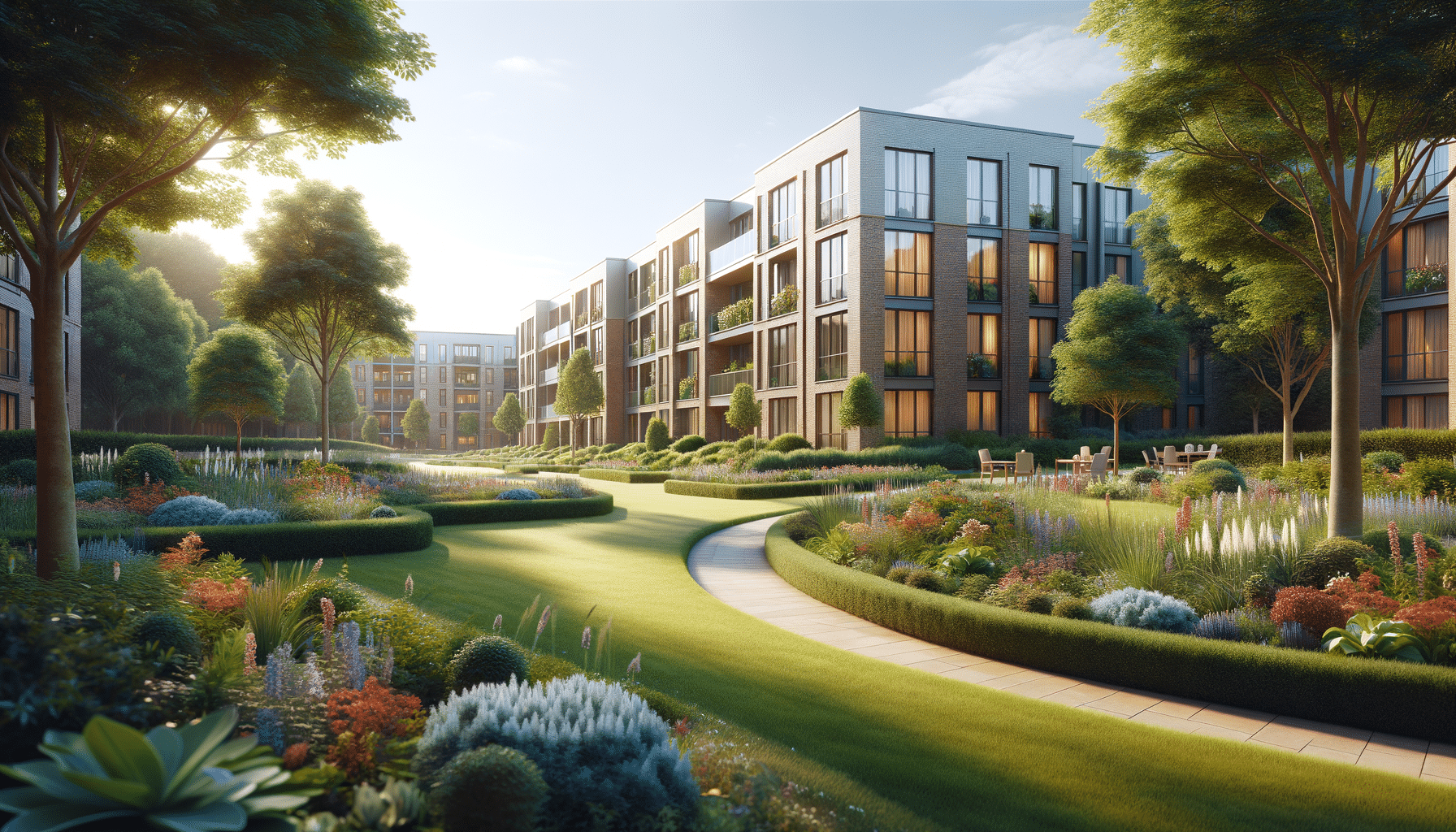
From living to caring: Advantages and selection guide of senior housing
Introduction to Senior Apartments
As people age, the need for suitable living environments becomes increasingly important. Senior apartments offer a unique blend of independence and community support, catering specifically to the needs of older adults. These living spaces are designed to provide comfort, accessibility, and a sense of community, making them an appealing choice for many seniors looking to downsize or transition from their current homes. Senior apartments are becoming an integral part of the housing market, providing tailored solutions that help maintain quality of life and autonomy.
Features and Benefits of Senior Apartments
Senior apartments come with a variety of features designed to enhance the lives of their residents. One of the primary benefits is accessibility. Many senior apartments offer single-level living, eliminating the need for stairs, which can be a significant barrier for mobility-impaired individuals. Additionally, these apartments often include safety features such as grab bars in bathrooms, emergency call systems, and non-slip flooring.
Another significant advantage is the sense of community that these living arrangements foster. Many senior apartments host social events, recreational activities, and fitness programs specifically designed for older adults. This not only helps residents stay active but also encourages social interaction, reducing feelings of isolation that can be common among seniors.
Finally, senior apartments often offer maintenance-free living, relieving residents from the burdens of home upkeep. This allows seniors to enjoy their retirement years without the stress of repairs or landscaping, providing more time to engage in hobbies and leisure activities.
Choosing the Right Senior Apartment
Selecting the right senior apartment involves considering several factors to ensure it meets both current and future needs. Location is a critical consideration; proximity to family, healthcare facilities, and shopping can significantly impact a resident’s quality of life. It’s important to assess the neighborhood’s safety and accessibility to public transportation as well.
The amenities offered by the apartment complex should align with the resident’s lifestyle and preferences. For example, some seniors might prioritize having an on-site fitness center, while others may value a community garden. Visiting potential apartments and speaking with current residents can provide valuable insights into the community’s culture and atmosphere.
Budget is another essential factor. Understanding all costs, including rent, utilities, and additional fees for amenities or services, is crucial to making an informed decision. Seniors should ensure that their financial situation can comfortably accommodate these expenses without compromising their lifestyle.
Financial Considerations for Senior Living
Transitioning to a senior apartment involves several financial considerations. It’s important to understand the cost structure, which typically includes monthly rent, utilities, and possibly a community fee for shared amenities or services. Seniors should evaluate their income sources, such as retirement savings, pensions, and social security benefits, to ensure they can afford these expenses over the long term.
Some senior apartments offer sliding scale fees based on income, which can make them more accessible to those on a fixed budget. Additionally, certain government programs or subsidies may be available to assist with housing costs, particularly for low-income seniors.
It’s advisable to consult with a financial advisor to create a comprehensive budget that accounts for all potential expenses, including healthcare and unexpected costs. This proactive approach can help prevent financial strain and ensure a comfortable and stress-free living situation.
Conclusion: Navigating the Transition
Choosing to move into a senior apartment is a significant decision that requires careful thought and planning. By understanding the benefits and features of senior apartments, evaluating personal needs and preferences, and considering financial implications, seniors can make informed choices that enhance their quality of life. These communities offer a supportive environment where older adults can enjoy independence while having access to essential services and a vibrant social life. As the population ages, senior apartments will continue to play a pivotal role in providing comfortable and accommodating living solutions.


